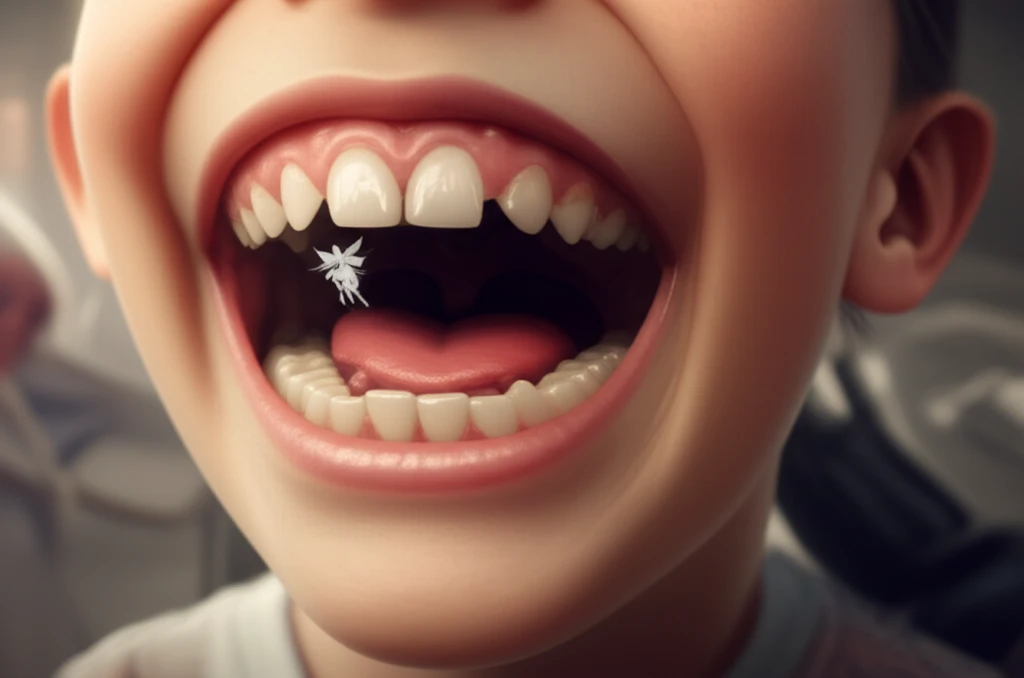
Talon Cusp in Baby Teeth: What Parents Need to Know
"Discovering unusual dental formations in your child's mouth can be alarming. Learn about talon cusps in baby teeth, their causes, and what it means for your child's dental health."
Discovering a peculiar growth on your child's tooth can be concerning. One such anomaly is the talon cusp—an extra cusp or projection on the surface of a tooth. While more commonly found on permanent teeth, it can occasionally appear on baby teeth, technically known as deciduous teeth. Recognizing this early and understanding its implications can significantly impact your child’s dental health.
A recent case highlighted the rare occurrence of a labial and palatal talon cusp on a supernumerary (extra) tooth in a young boy's deciduous dentition. The 7-year-old presented with an unusual formation on what should have been the normal primary tooth's location. This situation underscores the importance of awareness and proactive management.
This article aims to simplify the concept of talon cusps in baby teeth, providing parents with essential information on identification, potential issues, and appropriate management strategies. We'll explore what causes these cusps, how they are diagnosed, and what steps can be taken to ensure your child's dental well-being.
What is a Talon Cusp?

A talon cusp is an accessory cusp that projects from the surface of a tooth, typically found on the front teeth (incisors). It gets its name from its resemblance to an eagle's talon, projecting from the lingual (tongue) or facial (lip) side of the tooth crown. These cusps vary in size, from small and barely noticeable to large and prominent.
- Location: Typically found on the lingual (tongue side) or facial (lip side) of incisors.
- Size: Varies from small, barely noticeable projections to large, prominent cusps.
- Shape: Resembles an eagle's talon, hence the name.
- Occurrence: More common in permanent teeth but can occur in deciduous teeth.
Empowering Parents Through Knowledge
Discovering a talon cusp on your child's tooth can be surprising, but with the right information and timely intervention, potential complications can be minimized. Regular dental check-ups, proactive management, and a collaborative approach with your pediatric dentist will ensure a healthy, confident smile for your child. Staying informed and engaged in your child's dental care journey makes all the difference.
